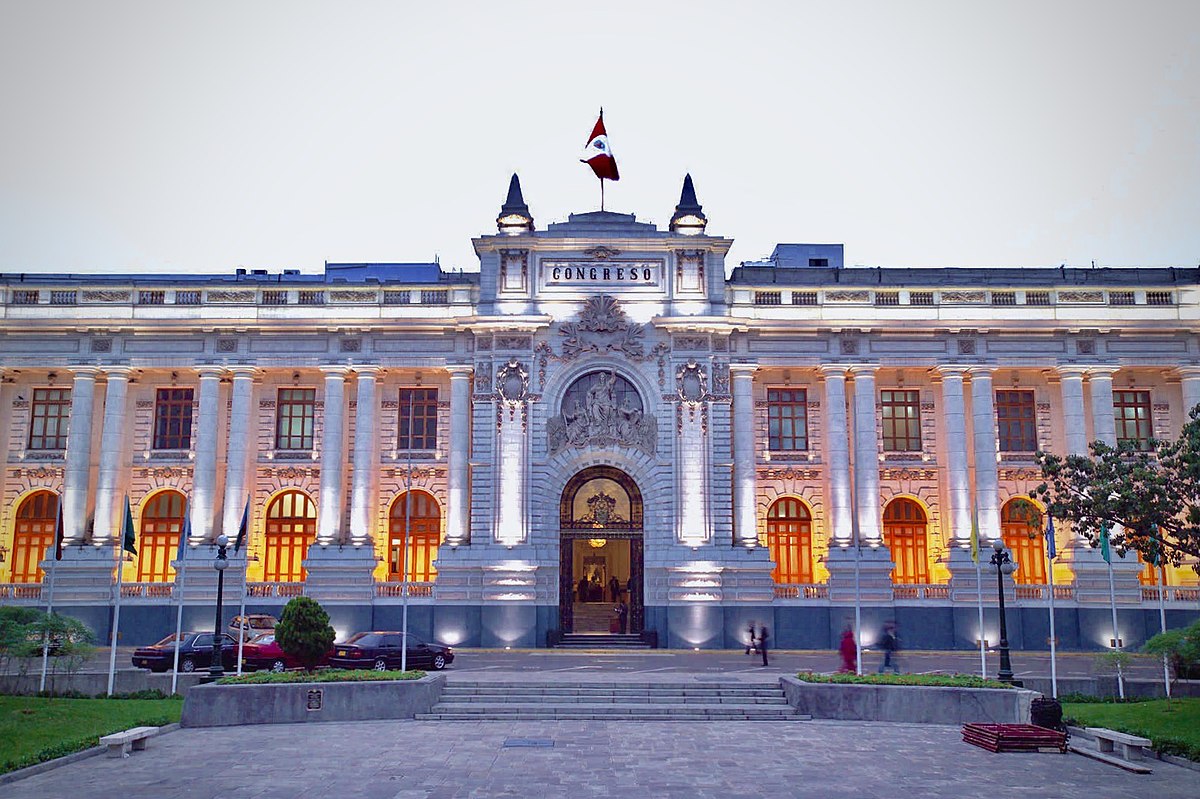RIO DE JANEIRO, BRAZIL – The President of Peru, Pedro Castillo, is looking for a place to set up his office after announcing that he would not work from the Government Palace, which he wants to turn into a national museum.
Until he finds that space, Castillo agreed to work in the Government Palace, after receiving criticism for his lack of transparency by not having a fixed location with a registry of visits and meetings.
Since he assumed the Presidency of Peru last Wednesday, Castillo’s only fixed place of work during his first days in office has been the same house where he lived during the election campaign.
Read also: Check out our coverage on Peru
In that property, located in the populous district of Breña, Castillo has held several key meetings to form his first Council of Ministers, with journalists stationed in the surroundings as the only control to know who enters and who leaves the center of operations of the president.

During his inauguration speech, Castillo announced his intention to dispense with the Government Palace in Lima as the Executive Branch seat.
“I will not govern from the ‘Casa de Pizarro,'” Castillo said about the seat of Peru’s presidency, a palace erected in 1938 on the same site where conquistador Francisco Pizarro took up residence when founding Lima as the capital of the Viceroyalty of Peru in the 1500s.
“I think we have to break with colonial symbols to end the ties of domination that have remained in force for so many years,” he added.
Castillo, the first president in Peru’s history of peasant origin, announced his intention to turn the Government Palace into a museum that would tell the country’s history from its origins.
This museum would be in charge of the Ministry of Culture, now renamed Ministry of Cultures, as part of the renovation promoted by Castillo to make the State more inclusive of diversity and the most disadvantaged sectors of the country.

